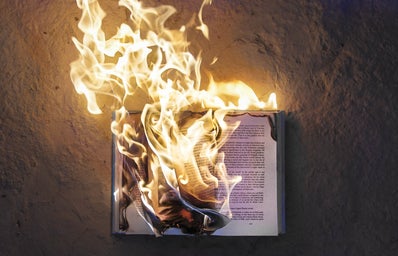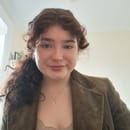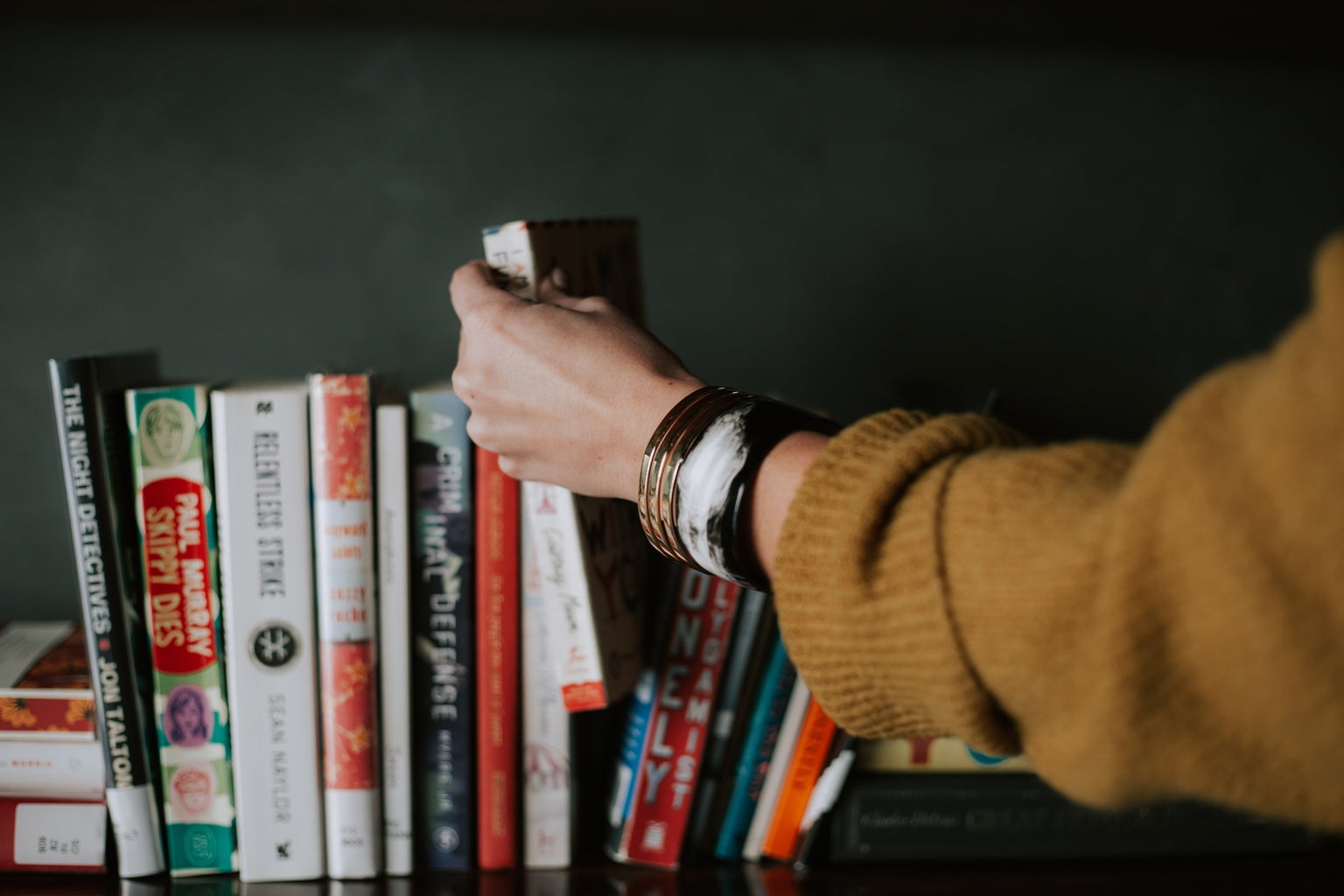In this article I discuss a current, highly controversial issue that is presently at its peak. Before I make any observations, it is vital to note that I speak from a place of privilege; I am a heterosexual, white, cis-gender female and so some of the issues/topics that books are being banned for do not directly relate to my personal experience. However, as I am a strong advocate for the freedom of respectful speech, I will express informed opinions on the information provided and approach the content of these books in a way that promotes respect and tolerance.
“The books that the world calls immoral are books that show the world its own shame.” — Oscar Wilde, The Picture of Dorian Gray.
On the 4th April 2022, the American Library Association released the ALA’s Top 10 Most Challenged Books of 2021, as well as the reasons as to why they are being challenged:
- Gender Queer by Maia Kobabe – LBGTQIA+ content & sexually explicit images.
- Lawn Boy by Jonathan Evison – LGBTQIA+ content & sexually explicit.
- All Boys Aren’t Blue by George M. Johnson – LGBTQIA+ content, profanity & sexually explicit.
- Out of Darkness by Ashley Hope Perez – depictions of abuse & sexually explicit.
- The Hate U Give by Angie Thomas – profanity, depictions of abuse, anti-police message & indoctrination of social agenda.
- The Absolute True Diary of a Part-Time Indian by Sherman Alexie – profanity, sexual references & use of derogatory term.
- Me and Earl and the Dying Girl by Jesse Andrews – sexually explicit & degrading to women.
- The Bluest Eye by Toni Morrison – depicts child sex abuse & sexually explicit.
- This Book is Gay by Juno Dawson – providing sexual education and LGBTQIA+ content.
- Beyond Magenta by Susan Kuklin – LGBTQIA+ content & sexually explicit.
Overall, the American Library Association reported 729 challenges in 2021, which is the most challenges since 2000 (21 years ago). Most targeted books were about or by Black or LGBTQIA+ people. It is absurd that in an age where we pride ourselves on being at our most progressive (for the most part), the prevalence of book banning has increased.
To me, it seems that book banning is in the attempt to suppress negative speech. Yet, I suggest that exposure to negative speech and uncomfortable situations are key for moral education. Arguably, a parent and school’s job, at the very least, is the education of good and ‘society-conscious’ morals. This is not achieved by simply banning books deemed inappropriate.
When looking at the banned books of 2020, the challenges were raised due to their ‘racist content’, which has been the predominant issue in book banning for many years. In response to this, the National Coalition Against Censorship claimed that “The books tell anti-racist stories using historically-accurate racist language. Teaching them requires compassion and sensitivity, and teachers must be given the educational resources to do so. But banning books does not erase racist ideas or prevent racist incidents. We support the work being done in the school district to diversify the curriculum and expand the voices and stories included in classrooms.” Thus, in agreement with the NCAC, it is the duty of education givers – teachers, parents, school boards – to provide a well rounded, and informed snapshot of the world. By showing books that are ‘uncomfortable’ or do not reflect the acceptable contemporary values to young people, this promotes respect and tolerance by engaging in active discussion about these books, rather than just simply banning them. This teaches (what I assume many do not wish to convey) that some stories, or some people’s understanding of the world is less valid than others, that they do not require the effort to understand them and enact change. I advocate for the opposite.
Additionally, a book should not be able to cause a racist incident or cause anything. It is important to educate young people through books that discuss and hold values/ideas opposite to those currently deemed acceptable. Without this, the adult population would not be educated on the varieties of cultures present in society and we would not be educated on the mistakes that have been made in history, if not exposed to this at a young age.
Having read some of the books banned/challenged in the US throughout the past ten years, I feel it vital to note that some of these really shaped my understanding of society and of others. I vividly remember reading Of Mice and Men in secondary school and the lessons I learnt from it.
Many deem Of Mice and Men as both racist and derogatory to women and disabled people. I do not refute that. Yet, women, disabled people, and people of colour, are part of the world’s population. By banning books that hold views that many disagree with regarding these topics, we are perpetuating a vicious societal cycle of ignoring what is most challenging. These books are meant to be challenging to read. They’re not meant to showcase moral ideals we should strive for. Instead, for modern education, they are meant to show how human history once was and how life should not be again – combating that with the promotion of respect and compassion for others.
Hiding books that make us uncomfortable, makes us intolerant. Life is uncomfortable, a fact that requires acceptance from a young age. But tolerance, that is something that must be taught, and one of the best ways, is the books that make us question.
Another book to have recently been challenged is the graphic novel, Maus by Art Spiegelman which tells the story of Spiegelman interviewing his father about his experiences as a Polish Jew and Holocaust survivor. This book has caused recent criticism from a Tennessee school board due to the “rough, objectionable language” and depictions of naked women. Yet, the ‘rough’ and ‘objectionable’ language used in the graphic novel, was unfortunately barely even a glimpse of the worst things children of Jewish and other minority groups experienced during the horrific Holocaust genocide. So, I suggest it makes educational sense to present to the young people of today’s society the gross injustice that occurred. By banning this book (and other notable books mainly written by LGBTQIA+, female, and minority authors), we are at the threat of silencing voices that need to be heard, and defining what education means to suit our own agendas. As Spiegelman notably stated, “If a kid wants to read Mein Kampf, it’s better to do it in a library or school environment than to discover it on Daddy’s shelves and be traumatised.”
Ultimately, the banning of books in the US and the release of the top 10 banned books of 2021 make it clear that in an attempt to remove offence from the curriculum, a culture of intolerance and a removal of vital moral education is in play. As I stated at the beginning of this article, and will continue to claim, I advocate for the education, respect, and tolerance of all, which recent book banning does not endorse. By presenting young people with realistic life stories, experiences, and environments – through books – we are making the truth of human history and existence available to them.
“The truth is rarely pure and never simple.”― Oscar Wilde, The Importance of Being Earnest.



